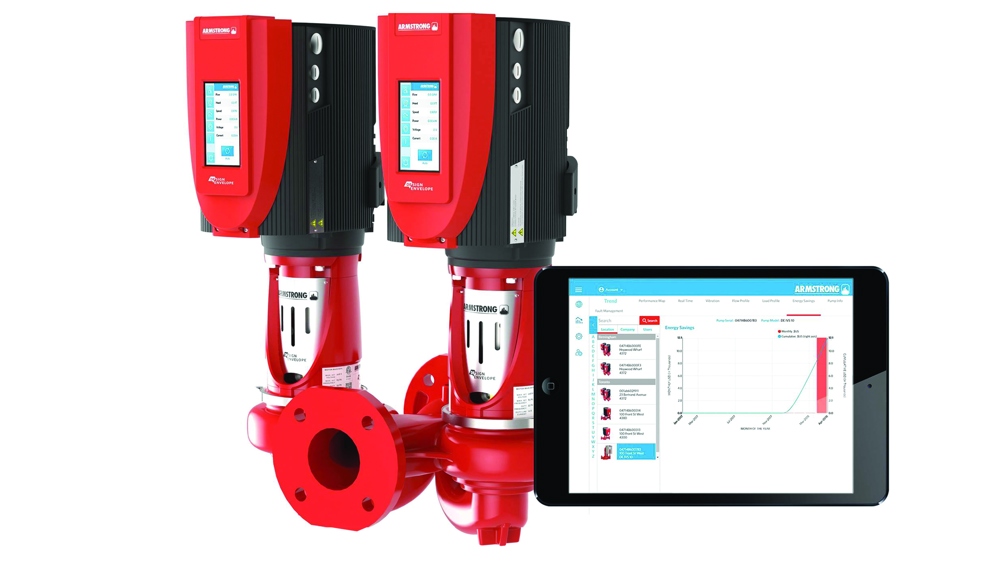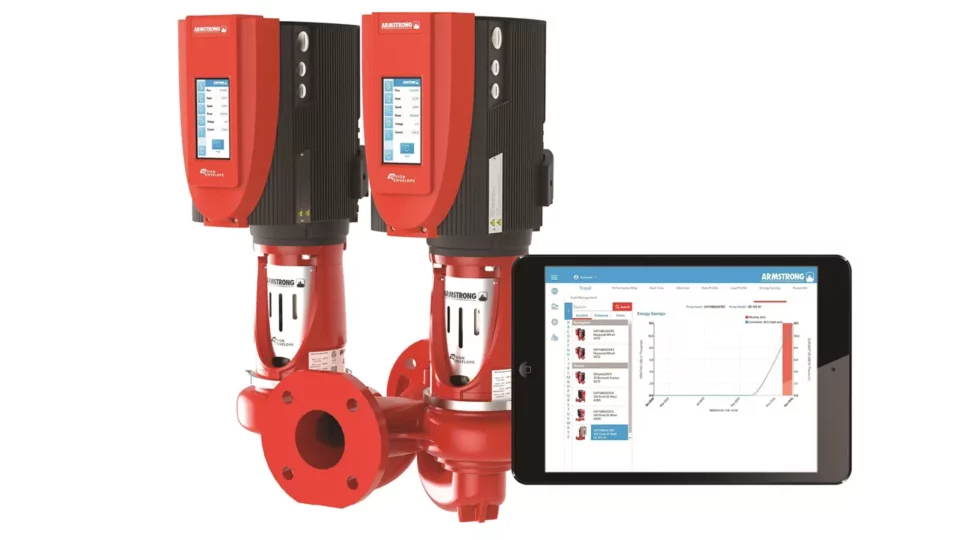Armstrong Fluid Technology recently announced that it surpassed its goal to reduce greenhouse gas (GHG) emissions among its global customer base by 2 million tonnes by 2022.

The initiative by the company has resulted in it helping its customers save 2.5 billion kWh of electricity usage, resulting in more than US$300 million in cost savings. – Image: Armstrong Fluid Technology
The 2018 initiative by the company has resulted in it helping its customers save 2.5 billion kWh of electricity usage, resulting in more than US$300 million in cost savings. Achieving this goal is the equivalent of taking 600,000 cars off the road for a year or offsetting the average annual CO2 emissions generated by 100,000 people.
Todd Rief, Armstrong CEO, said that since 2018, the company has worked collaboratively with customers and partners to implement its Design Envelope technology in building mechanical plants, worldwide. He added that the application of this technology converts existing and new installations into ultra-efficient and sustainable systems.
Rief continued: “We have now boosted Design Envelope Technology with our innovative Active Performance Management architecture. This 3-layer architecture adds the power of Digital Twins, Edge and Cloud computing to intelligent Design Envelope equipment. The application of Active Performance Management brings performance resilience and transparency to system design and operations. This helps our partners and our customers extract carbon from every stage of the lifecycle of a building. They can design a much smaller plant with lower construction carbon footprint, and dramatically reduce their carbon emission from operations. All this while using predictive maintenance to preserve building performance without adding cost.”
He added that the company recognises the work in this area is not yet done. Buildings worldwide continue to be some of the biggest contributors of GHG. “Through our core competencies of Fluid Flow, Energy Transfer, Demand Based Control and Digitalization, we aim to bring a step change to the performance


